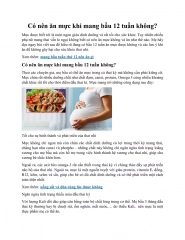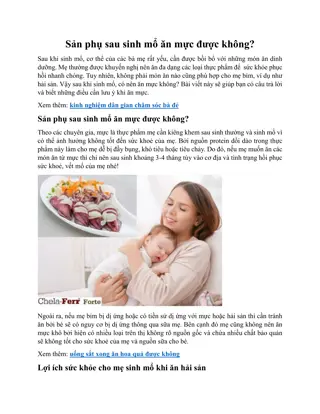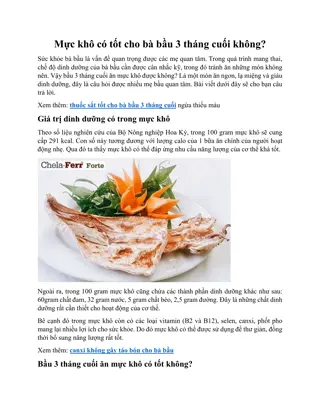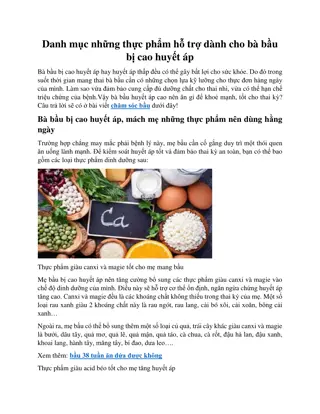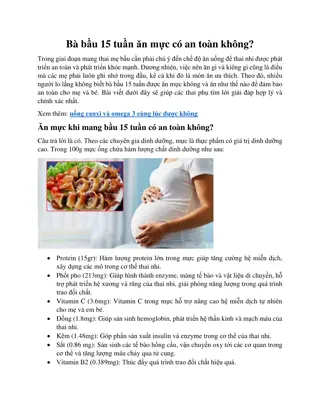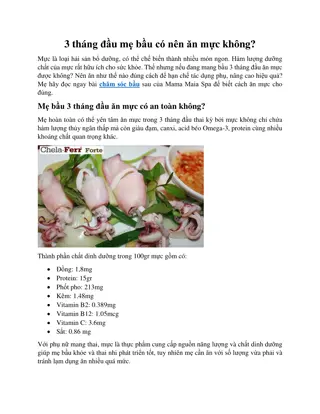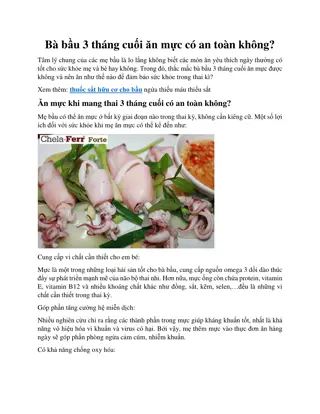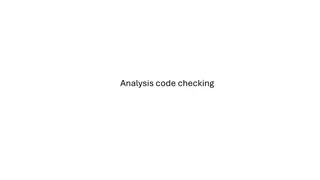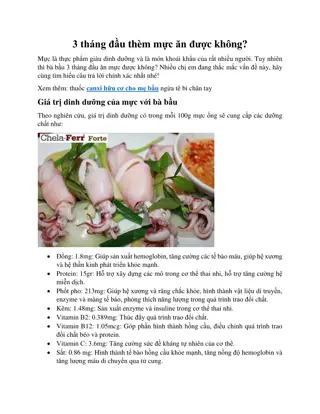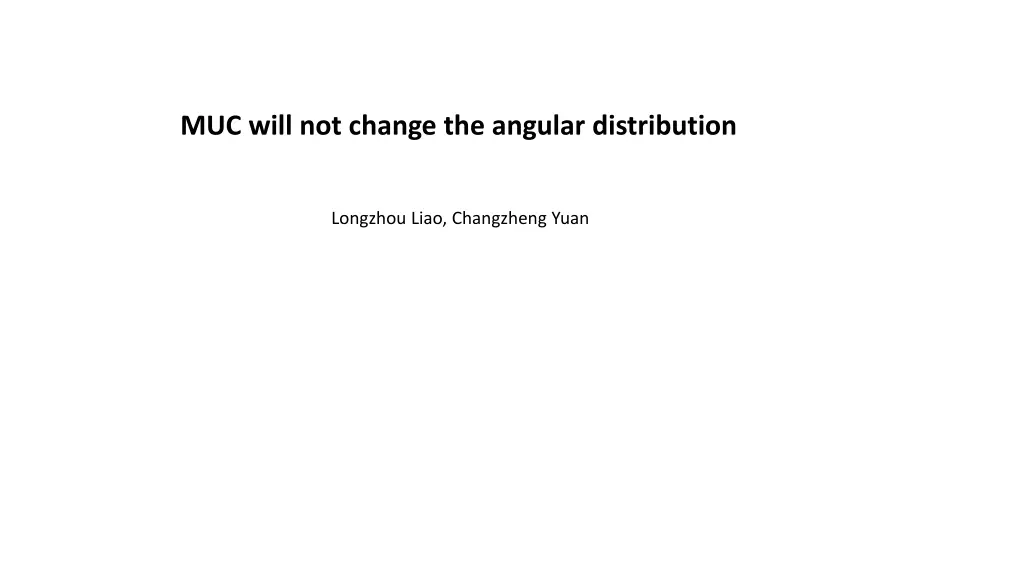
Understanding MUC Efficiency in Dimuon Events Analysis
"Explore the impact of MUC time window on event information, dimuon events analysis, chosen cut criteria, depth information, and angular distribution. Discover reasons for MUC event losses and their effect on data analysis."
Download Presentation

Please find below an Image/Link to download the presentation.
The content on the website is provided AS IS for your information and personal use only. It may not be sold, licensed, or shared on other websites without obtaining consent from the author. If you encounter any issues during the download, it is possible that the publisher has removed the file from their server.
You are allowed to download the files provided on this website for personal or commercial use, subject to the condition that they are used lawfully. All files are the property of their respective owners.
The content on the website is provided AS IS for your information and personal use only. It may not be sold, licensed, or shared on other websites without obtaining consent from the author.
E N D
Presentation Transcript
MUC will not change the angular distribution Longzhou Liao, Changzheng Yuan
Introduction From our analysis, We found that the MUC efficiency is not correctness with the MC simulation. And the MUC will lose parts of events information, which because of the MUC time window is too narrow (study by Guangyi Tang). For this reason, we can t do correction to the MUC efficiency. Deeply study, we found the MUC time window problem will lead to events lose randomly and not change the angular distribution. So we can still use the MUC information in some analysis.
Dimu chosen cut critrion EMC<0.4GeV |V?|<10.0cm TOF | t|<3ns Vr<1.0cm Two charged tracks M + > 4.0GeV/c2 Total charges = 0 We should make sure our chosen dimu events purity enough.
Dimu Events (3)Invarant mass of Dimu ??+? (1)Data: Deposited energy in EMC (2)MC: The muon deposited in EMC with MC simulation (4)The angle between ?+? (6)The deposited energy in EMC over momentum (5)The momentum of ?+?
Depth information of MUC Depth = -1 corresponding to those events with no MUC information.
Angular distribution of Depth = -1 events Because of the correlation of Dimu events, when one muon track s position at the MUC hole, another track will be in the joint of two RPC. MUC hole RPC joint Data: depth= -1:(cost , phi) MC: depth =-1: (cost, phi) From the plot, we can see clearly correlation of Dimu events with (cost, phi) distribution and that s reasonable with two tracks have no information, but the background of data is not.
MUC RPC joints Mc: Data: Depth_mp==-9.9 Depth_mp==-9.9 (pcost,PhiMp) (pcost,PhiMp)
Reason for MUC losing events From Guangyi Tang s analysis, the time window of MUC is too narrow and lead to lose events randomly. For this reason, different processes and different energy points may have the different lose ratio. And we can t find a control sample to correct the efficiency of MC. But from our analysis, the lost events will not change the angular distribution and it only has a constant factor with the total, and different processes and energy points the factor are different.
Losing ratio of Dimu events 4180 4190 4200 4210 4220 4237 4246 4270 4280 N_losing 213485 39145 39366 47019 64195 36902 37939 30660 19287 N_tot 10198530 1668197 1673681 1558494 1642808 1689567 1710211 1679803 556254 Ratio 2.09% 2.35% 2.35% 3.02% 3.91% 2.18% 2.22% 1.83% 3.47% For calculate the losing ratio of Dimu events, we not subtract the MUC hole events and this part the MC has simulated. And require -0.8<Costheta<0.8, because out of this region the events with depth = -1.0 MC also has simulated and it has a big proportion.
The processes of dimu and pipijpsi Depth none (20||20) (20||15) (15||20) (15||15) 3686dimu_data 4379313 3410800 3459273 3459826 3488793 3686dimu_mc 705673 585668 595125 595290 600297 3686pipijpsi_data 3345636 2651819 2690813 2690429 2717455 3686pipijpsi_mc 392349 334477 339144 339021 342239 Ratio_dimu_data 1.0 77.88% 7899 7900 7966 Ratio_dimu_mc 1.0 82.99% 8433 8436 8436 Ratio_dimu 1.0 1.0656 1.0676 1.0678 1.0589 Ratio_pipijpsi_data 1.0 79.26% 8043 8042 8122 Ratio_pipijpsi_mc 1.0 85.25% 8644 8641 8723 Ratio_pipijpsi 1.0 1.0755 1.0747 1.0745 1.0739
MUC depth distribution of momentum of muon We use the momentum of singular muon from 0.8 GeV to 2.0 GeV to do simulation and get the distribution of MUC depth. We can see , when the momentum of muon is bigger than 1.0GeV, the depth distribution have no dependence on it.
Angular distribution of Lost events Total data and MC Total data and MC Depth=-1.0 Depth=-1.0 Dimu: cos(theta) of muon Dimu:phi of muon Losted vs Total
Depth=-1 Angular distribution of Lost events Data Mc
Ratio distribution of lost events To eliminate the MUC hole s influence, we take out these parts events.
Ratio distribution of lost events To eliminate the MUC hole s influence, we chose the a region Costheta (-0.5, 0.5),Phi(-1.0, 1.0) and give the distribution of ratio from bin to bin.
T0 distribution 4237dimu events Depth=-1.0 Depth=-1.0 -0.5<costheta<0.5 T0>1000 response to the lost events
Ratio distribution of lost events 4237 dimu By asking the T0>1000, we can also get the ratio distribution. But there are obviously structure on the plot. We consider the influence of cosmic ray and we have using the pipijpsi process of 3686 data sample (12) to do the check.
3686pipijpsi MUC Depth =-1.0 Data Mc
T0 distribution 3686 pipijpsi events MC: MUC Depth =-1.0
Ratio distribution of lost events 3686 pipijpsi T0>1000 There are still a structure on the plot, but not obviously. And this may have other hidden problem we not find.
Ratio distribution of lost events 3686 pipijpsi with depth=-1.0 cut
Conclusion From our analysis, in spite of the MUC lost part events angular distribution has fluctuation, but consider the ratio of lost events and the error of angular distribution, the influence can be ignored. And the MUC will not change the angular distribution.
Puzzle 4237dimu 3686pipijpsi(12)
4237 Bhabha Offered by Guangyi Tang

